
 4
4




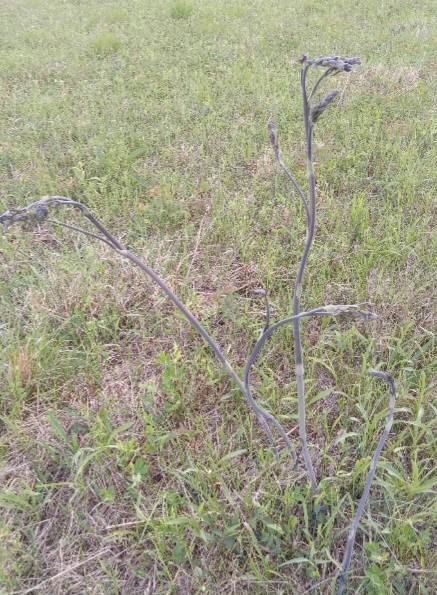
Zone 6, 45 inches precipitation, hard clay soil




 2
2




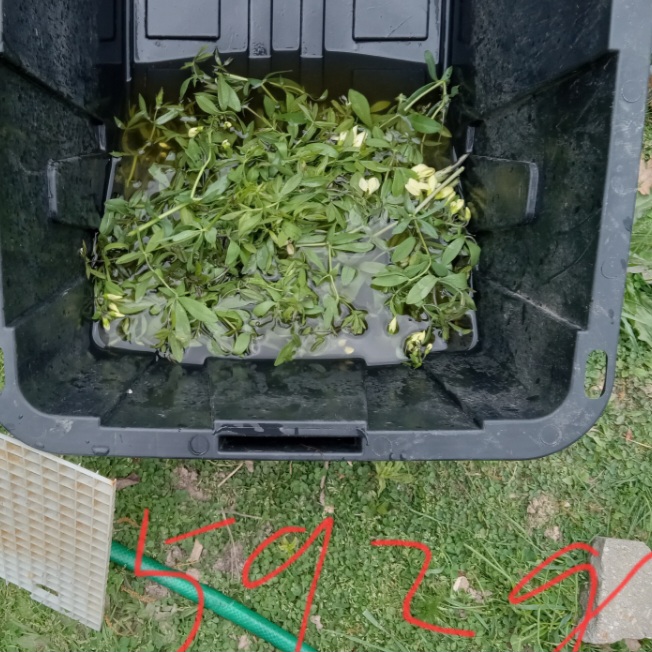
Zone 6, 45 inches precipitation, hard clay soil




 2
2




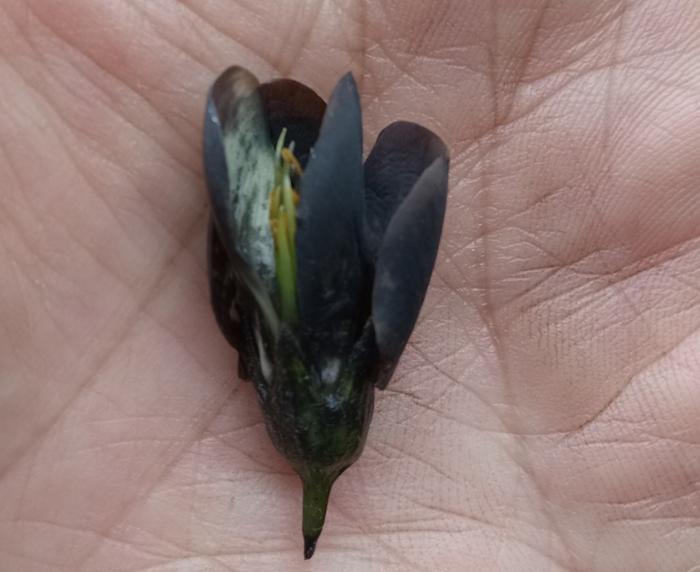
Zone 6, 45 inches precipitation, hard clay soil




 2
2




Zone 6, 45 inches precipitation, hard clay soil




 3
3




Zone 6, 45 inches precipitation, hard clay soil




 4
4




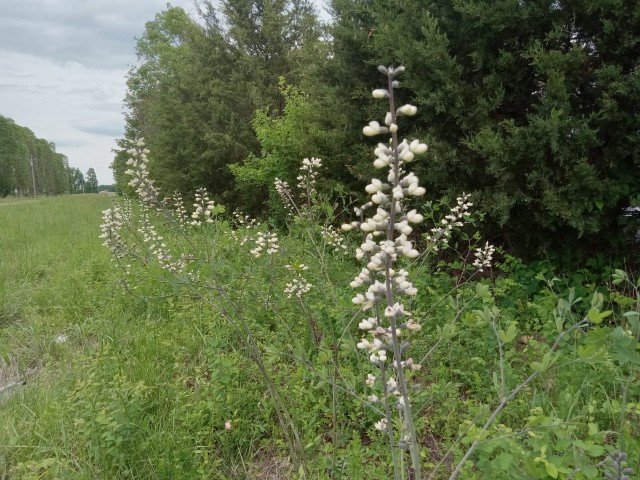
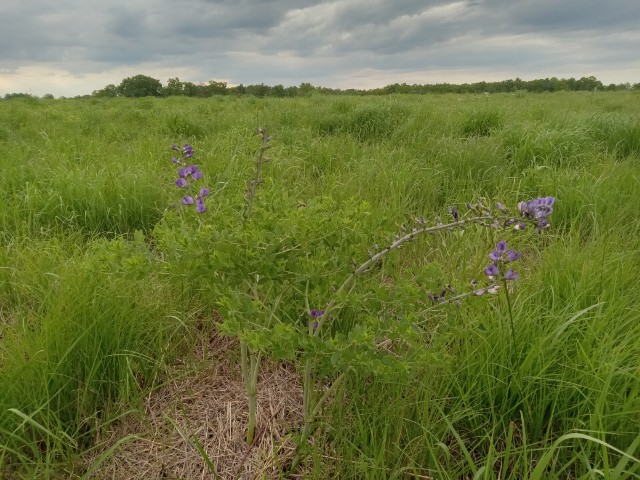
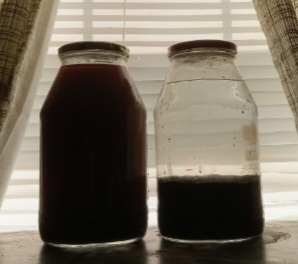
Zone 6, 45 inches precipitation, hard clay soil




 5
5





 3
3




Zone 6, 45 inches precipitation, hard clay soil




 3
3








Zone 6, 45 inches precipitation, hard clay soil








Mandrake...takes on and holds the influence
of the devil more than other herbs because of its similarity
to a human. Whence, also, a person’s desires, whether good
or evil, are stirred up through it...
-Hildegard of Bingen, Physica


